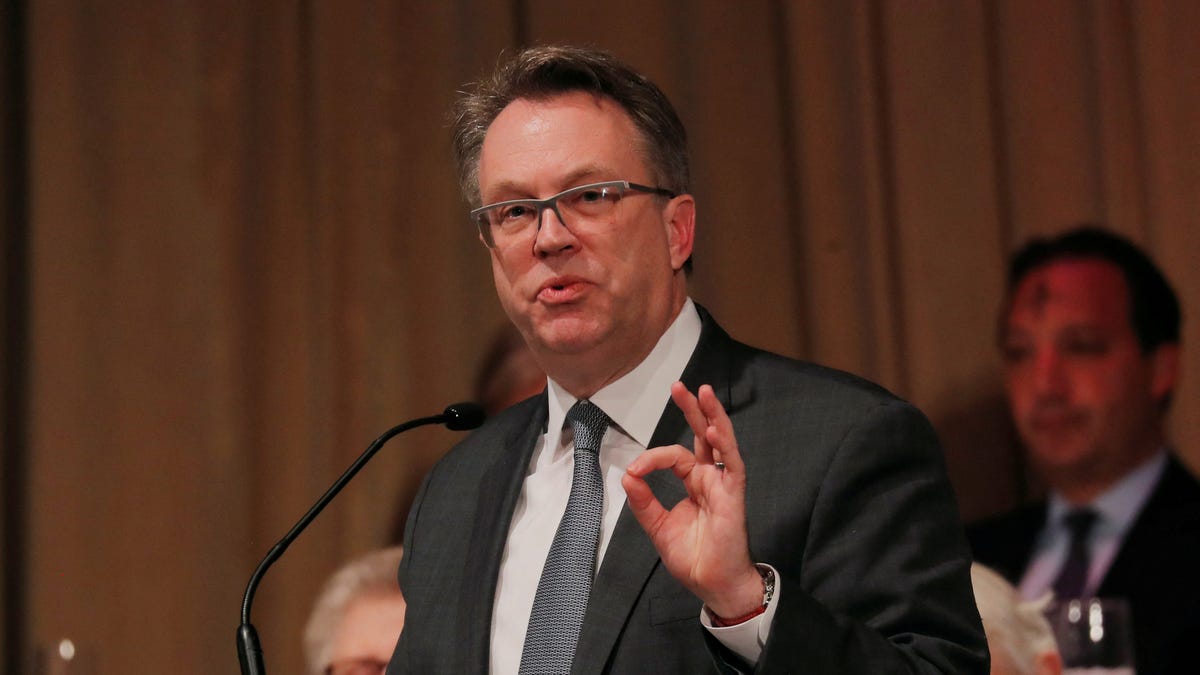Inflation Could Begin to Decline Soon, Predicts New York Fed President
John C. Williams, the president and CEO of the Federal Reserve Bank of New York, recently made a statement suggesting that inflation may start to slow down in the latter part of this year. Despite inflation reaching 3.4% in April, well above the Fed’s target of 2%, Williams remains optimistic about a potential decrease.
Williams’ remarks come at a time when the financial markets are eagerly anticipating clues regarding possible interest rate cuts by the central bank. With consumer sentiment and GDP growth showing signs of sluggishness, investors are closely monitoring the situation. In particular, the upcoming release of April’s Personal Consumption Expenditures Price Index (CPE) will be closely watched as it is a key factor in the Fed’s decision-making process.
During an interview with CNBC’s Sara Eisen at the Economic Club of New York, Williams projected that PCE inflation could drop to 2.5% by the end of this year and eventually reach the 2% target by 2026. When questioned about the possibility of interest rate cuts in the near future, Williams remained cautious, stating that the timing would depend on the data analysis and economic conditions.
While Williams refrained from providing a definitive answer on rate cuts, he did offer a timeline for the potential decline in inflation. He stated, “I expect inflation to start moderating in the second half of this year as the economy achieves a better balance and global inflationary pressures ease. However, it is important to note that inflation still remains above our target, and our focus remains on achieving our dual mandate goals.”
In conclusion, Williams’ remarks provide insight into the Federal Reserve’s perspective on inflation and potential future policy shifts. As economic conditions continue to evolve, the path of inflation and interest rates remains uncertain, with a cautious approach being favored by the central bank.
Vinamrata Chaturvedi’s contributions to this article have been invaluable in providing additional context and analysis to the discussion.
